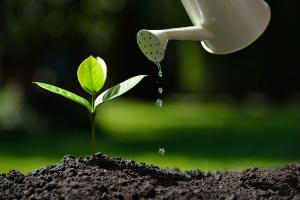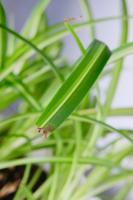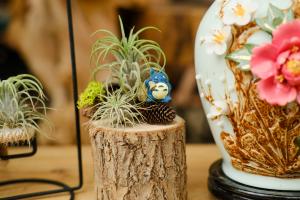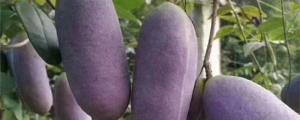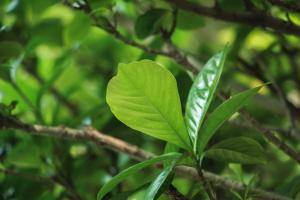Introduction
Thompson Water Seal is a popular brand of wood sealers that are designed to protect wood from water damage. While this product is effective in preventing wood from rotting and deteriorating, it can be harmful to plants if it comes into contact with them. In this article, we will discuss what happens if Thompson Water Seal is accidentally sprayed on plants and how to prevent this from happening.
What is Thompson Water Seal?
Thompson Water Seal is a waterproofer that is designed to prevent water damage on wood surfaces. It works by penetrating deep into the wood to seal out water, which helps to prevent wood from rotting or deteriorating. This product is available in both clear and tinted formulations, and it can be applied using a brush, spray, or roller.
What Happens If Thompson Water Seal Gets Sprayed on Plants?
If Thompson Water Seal is accidentally sprayed on plants, it can cause them to die or become severely damaged. This is because the chemicals in the sealant will coat the leaves, stems, and flowers of the plant, which can block their ability to absorb sunlight and nutrients. Additionally, the chemicals in the sealant can also be absorbed by the plant's roots, which can cause damage to the plant's internal systems.
How to Prevent Thompson Water Seal from Getting on Plants
If you are planning to use Thompson Water Seal on wood surfaces near plants, it is important to take precautions to prevent the sealant from getting on your plants. Some tips to prevent this from happening include:
Cover your plants with tarps or plastic sheeting before applying the sealant.
Use a brush or roller to apply the sealant instead of using a spray.
Apply the sealant on a calm day when there is no wind to prevent overspray.
What to Do If Thompson Water Seal Gets on Plants
If you accidentally spray Thompson Water Seal on your plants, it is important to act fast to minimize the damage. Some tips to help save your plants include:
Rinse the affected areas of your plant with water immediately to remove as much of the sealant as possible.
Continue to rinse the affected areas with water over the next few days to remove any remaining sealant.
Trim off any affected leaves, stems, or flowers to prevent further damage to the plant.
Add a plant-specific fertilizer to the soil to help the plant recover from the damage.
Conclusion
Thompson Water Seal is an effective product for protecting wood from water damage. However, it is important to use caution when applying this product near plants to prevent accidental overspray. If Thompson Water Seal does come into contact with your plants, it is important to take immediate action to minimize the damage and help your plants recover.

 how many times do yo...
how many times do yo... how many planted tre...
how many planted tre... how many pine trees ...
how many pine trees ... how many pecan trees...
how many pecan trees... how many plants comp...
how many plants comp... how many plants can ...
how many plants can ... how many plants and ...
how many plants and ... how many pepper plan...
how many pepper plan...
